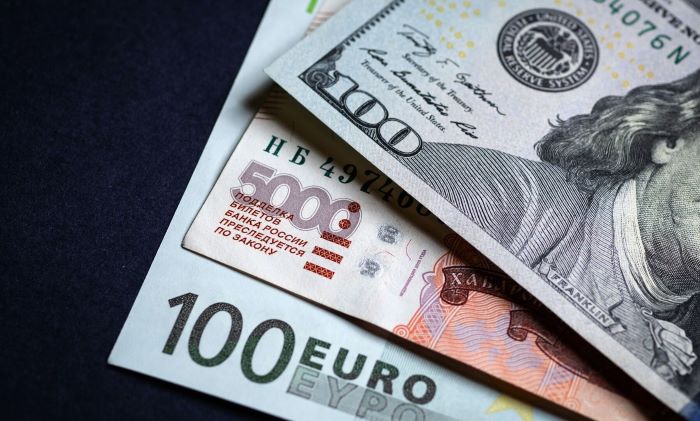In a surprising turn of events, the euro has reached its highest point against the US dollar since late July. The surge is attributed to the Federal Reserve signaling a shift towards rate cuts to support a risk rebound.
Notable Gains Amidst Recent Federal Reserve Developments
During Wednesday’s trading, the common European currency saw an increase of up to 0.3%, reaching 1.1070, marking one of the most significant gains among the top ten currencies. Year-to-date, the euro has experienced an impressive increase of 3.4%, with much of this upswing concentrated in recent weeks following the Federal Reserve’s latest comments.
US Dollar Decline Continues
On the other hand, the US dollar has extended its losses this month after the Federal Reserve made it clear that its aggressive rate-hiking campaign has come to an end, projecting a series of rate cuts in 2024. Recent economic reports from the United States indicate a slowdown in inflation and a cooling off of labor markets.
Spring Federal Reserve Anticipation
“Yields are lower, equities are higher, risk is on, and the markets are looking forward to Federal Reserve easing as soon as Spring arrives,” commented Kit Juckes, Chief Foreign-Exchange Strategist at Societe Generale in London.
German Bond Yields Hit Yearly Lows
Simultaneously, the yield on 10-year German bonds has fallen to a one-year low, supporting the perception that the European Central Bank won’t maintain elevated rates for an extended period due to moderate economic data in the Eurozone and a deceleration in inflation.
Purchase your WSJ and Barron’s subscription for 5 years for only $129!
Euro’s Ascension Faces Skepticism
Despite the euro’s rise, experts like Helen Given at Monex USA caution that the advance may be nearing its limit. “The holiday rally will fade a bit heading into the first quarter,” she said. “The euro appears to be quite overbought, and with the German economy on the brink, it appears that the danger of a regional recession is quite a bit higher there than it is here in the US.”
Dollar’s Year-End Dip
The US dollar tends to weaken late in the year due to strong seasonal trends and corporate activities. The evolution of these factors will continue to be a key point of attention for investors in the coming months.

